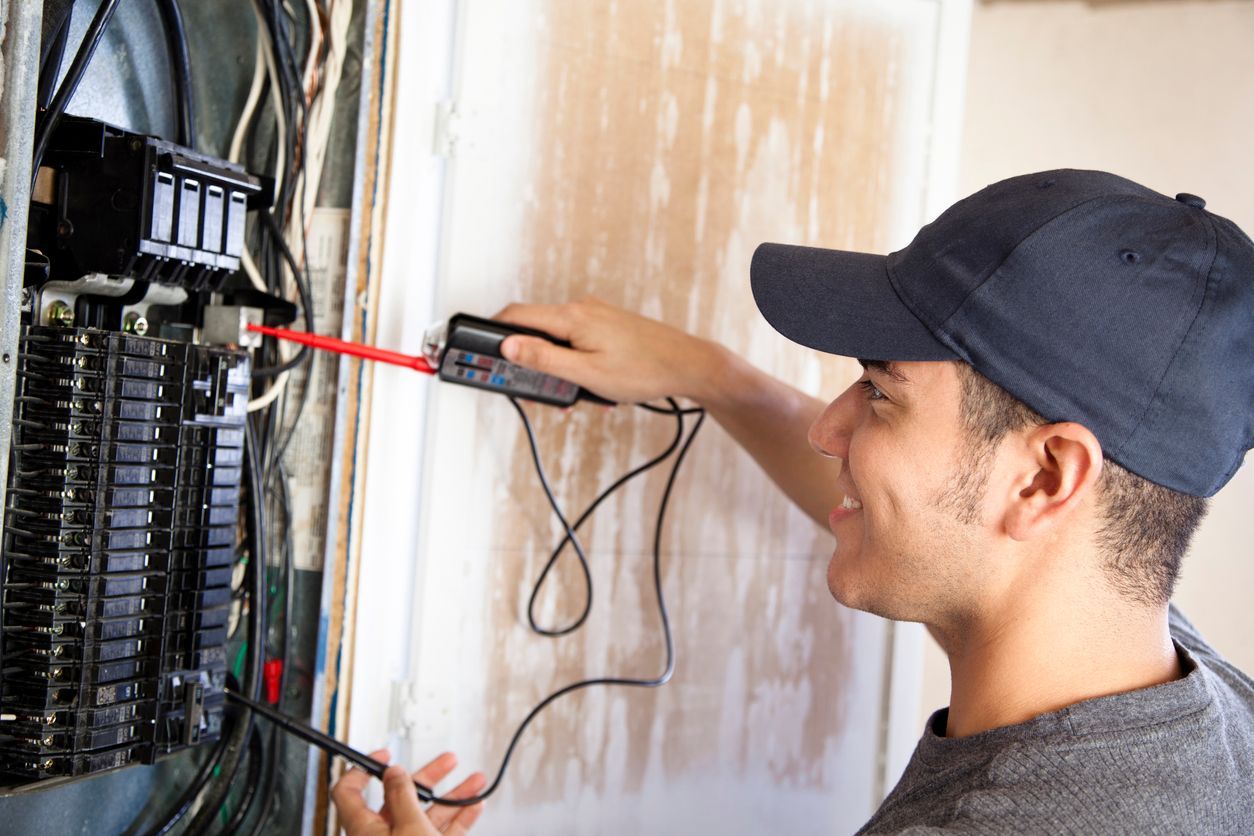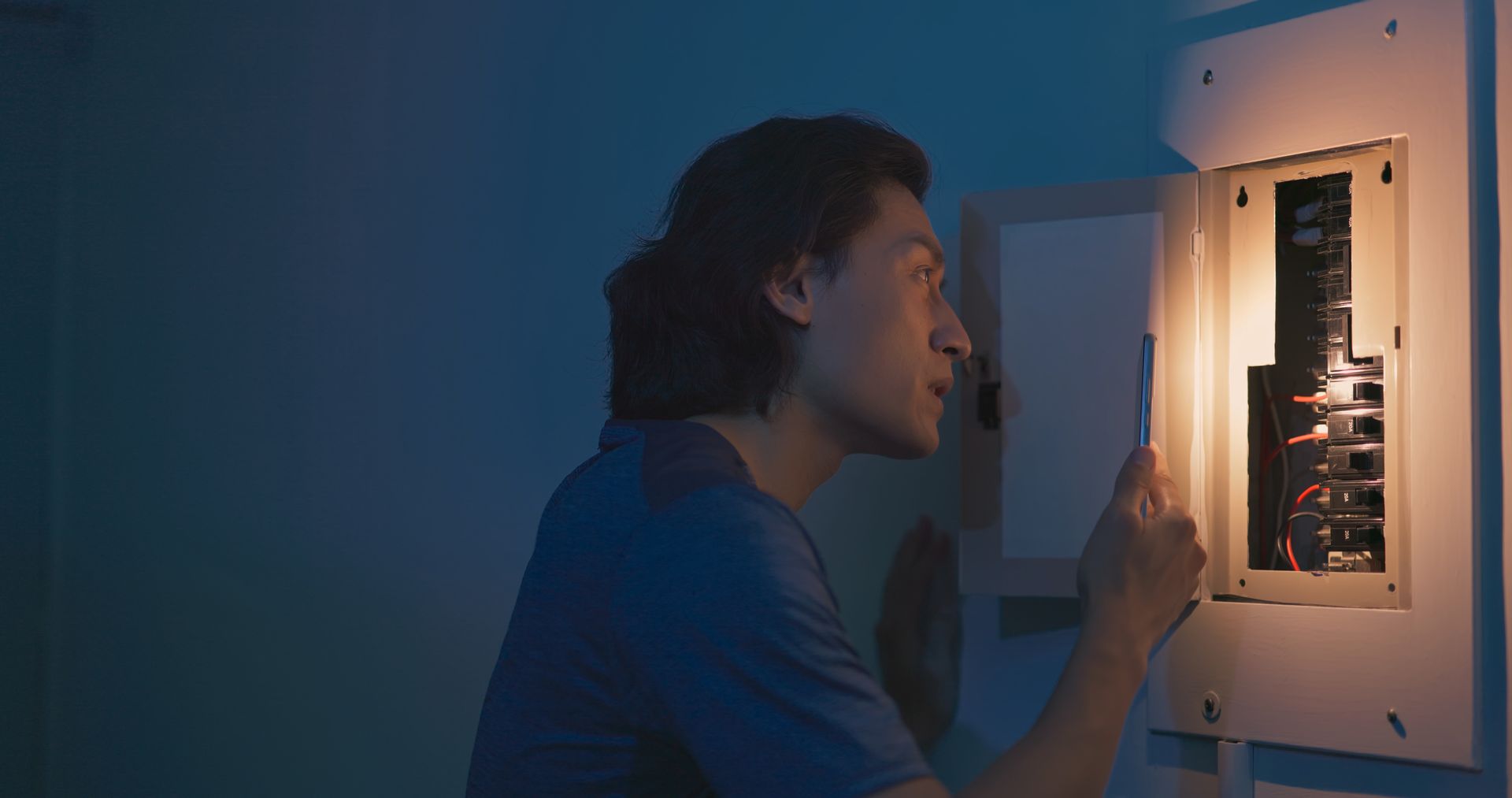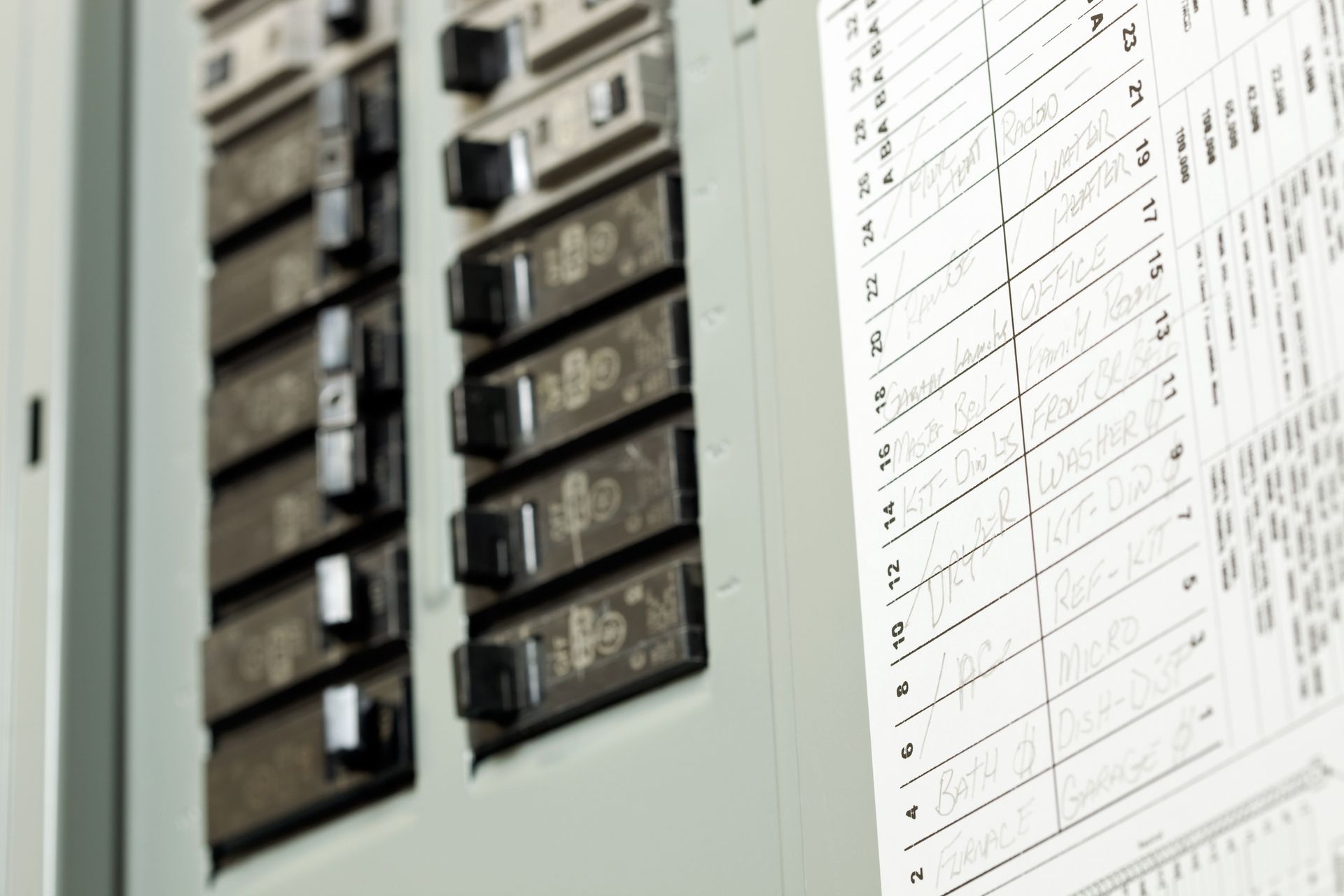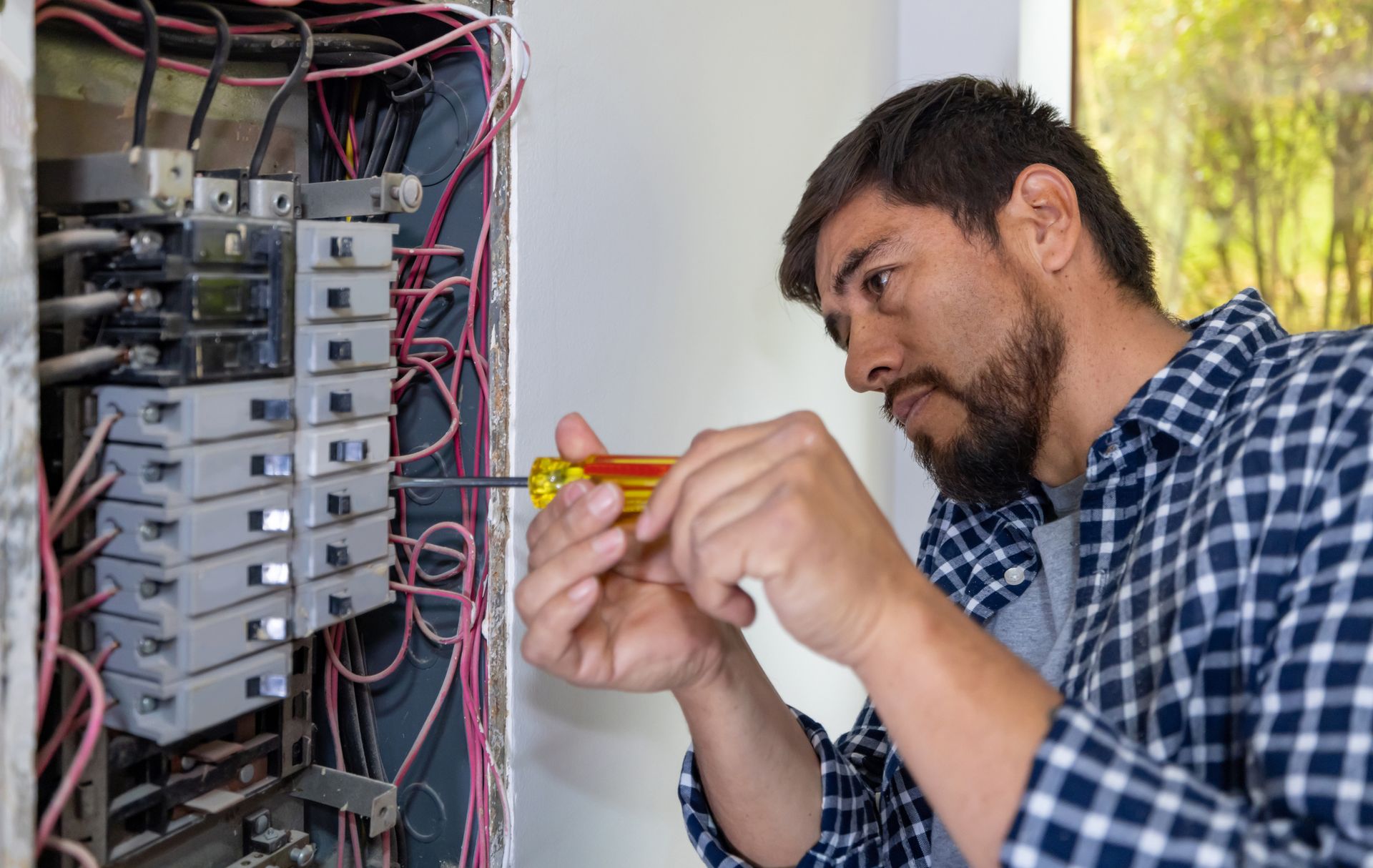Get in Touch With us Today!
CALL NOW 973-857-4333
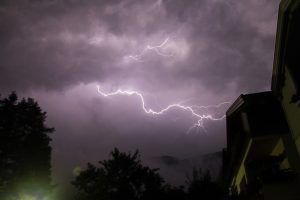
The title of this post may make it sound like there’s a competition between a surge protector and a power strip. “It’s one or the other!” We want to be clear right at the start that we encourage homeowners to have both. But we also want homeowners to know what’s different about the two, because often power strip is talked about as if it were a synonym for a surge protector. But it’s not. We’ll explain what the differences are as well as give you pointers toward the type of electrical protections your home may need.
The Power Strip
Power strips are a basic part of homes and offices today. With more electronic devices needing power than ever before, the basic outlets that only allow two appliances to be plugged in aren’t enough. A power strip extends how many appliances you can plug into one outlet, and does it without the potential danger of the old “octopus” outlet extenders. Those simple devices could create fire hazards when overwhelmed. A power strip is designed to send power to more appliances but takes away the fire hazard with its own circuit breaker. If the power demand becomes too much, the circuit will switch off to prevent sparking or an electrical fire.
We recommend most outlets that must power a computer station, an entertainment center, or multiple lamps use power strips. But, these strips are not defending these appliances from a power surge—they’re protecting the outlet from fire hazards.
The Surge Protector
The standard surge protector you can purchase commercially can handle a large number of outlets and has a defense to prevent a voltage surge from passing through the outlets. This is valuable for precision electronics which can be damaged by surges. However, these store-bought commercial surge protectors have limited use, and many are really only a power strip with an extra feature.
The best surge protection isn’t the kind you plug into the wall. It’s the kind an electrician installs into the electrical panel. This is whole-house surge protection , and we strongly advise homeowners look into having one installed.
As the name indicates, this device protects every single outlet. It also protects the electrical system in general. A whole-house surge protector routes any voltage surge into the ground, safely away from the household electrical system. Unlike individual outlet surge protectors, a whole-house surge protector can handle much higher amounts of voltage. For example, a lightning strike, a downed power line, or a failure at a power station. These are the most common example of sources for massive voltage strikes. These can overcome smaller surge protectors and damage electronics.
Whole-house surge protectors are also effective at stopping the tinier surges that often go unnoticed, such as when a powerful appliance like an AC comes on. Over time, these mini-surges can damage sensitive equipment—unless whole-house surge protection is in place.
To find out more about what sort of electrical protection your home and appliances need, speak to one of our licensed electricians.
Improve your home’s electrical system with our help. Anderson Electric Corp. is your trusted electrician in Clifton, NJ for over 25 years.

